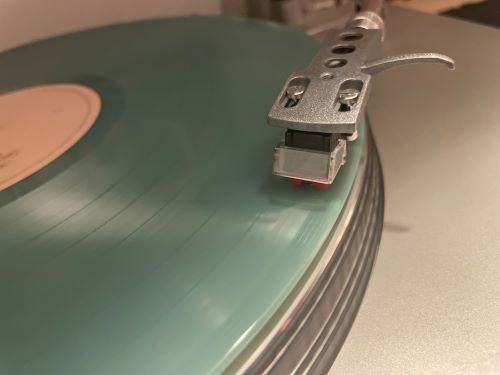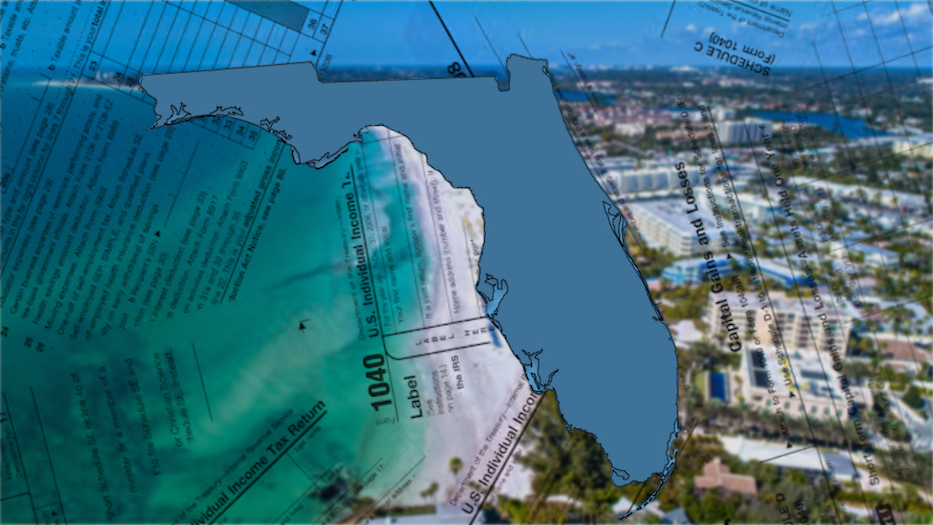By: Aden Seelbinder
Vinyl’s, CDs, and cassettes are all forms of physical media that many have left in the past for today’s digital media. However, listening to music through physical media has regained its popularity somewhat. Many people are collecting records and even still spinning them. The most popular version of physical media is surprisingly the most expensive version, vinyl records, having surpassed CD sales in 2022 by selling 41.3 million units while CDs only sold 33.4 million units. This was the first time since 1987 that vinyl outsold CDs.
Vinyl records are the biggest, and most expensive form of physical media. Usually, these records come in a cardboard square which has the album cover on the front and usually either artwork or the track list on the back. Vinyl’s usually contain one to four records depending on how long the album is and each record has two playable sides (Sides A and B). There are three types of sizes for these records, 7’ inch which are usually just singles, 10’ inch which can be a shorter album or an EP, and 12’ inch vinyl’s which are the normal and most common size. These are almost always full albums, but they can be singles or EP’s. Each of these records have grooves on them that when put on a record player get ran across by a needle on the player and plays music to an output. Vinyl records, on average, cost about $25-$50 for normal albums, $5-$30+ for singles, and $50-$1000+ for rare vinyl records. Records can also be bought used at a local shop for a cheaper price; however, they may be in worse condition.
Records are played through a turntable. The prices for these turntables usually cost between $100-$1000+ depending on the quality of the needle and turntable. The turntable should be connected to a pre-amplifier and/or an audio receiver; the receiver should have speakers connected usually through copper wire. Additionally, purchasing a sub-woofer can be a preferable addition to provide extra bass to an audio output.
CDs are the most common versions of physical media. CDs can hold albums, EP’s, movies, and even podcasts. CDs usually come in a plastic or cardboard casing and have either the album cover or the movie poster on the front. CDs are the cheaper option as CDs on average cost $15-$30 for a regular album. Movie’s usually cost $5-$20 as most people don’t buy CDs for movies anymore. CD players are how CDs work, the reason that CDs are considered more convenient is because unlike vinyl records, one does not have to flip a CD as well as CDs don’t require a cleaning brush and needle maintenance.
Cassettes are the least popular and most complicated version of physical media. Cassettes were the early version of media and don’t cost very much for an album coming in at an average of $5-$25+. Like CDs one can take a blank cassette and record your own media on it if they have a cassette recorder or a cassette deck that has recording capabilities. Also, like CDs you can get a portable player and be able to listen on the move, although you don’t see people do this much anymore it’s not entirely uncommon to see someone using a portable CD or cassette player. Many people use cassettes to put their mixtapes on and distribute them to get their music out to more people.
DVDs are also slowly on the rise again, DVDs are CDs but instead of music they contain movies and/or seasons of a TV show. DVDs are played via a blue ray/DVD compatible player connected to a TV or monitor. DVDs usually cost $5-$40+ depending on the content on the DVD.
Many consider the quality of music of physical media to be better than streaming. Typically vinyl adds a more warm and better overall mix to the music that you will not hear on streaming platforms, additionally many people claim to like the physical engagement of vinyl’s and CD’s.
What would the reasoning behind all these physical forms of media coming back? It’s simply so people can own the media. With physical forms of music, the point of owning an album weather it’s on CD, vinyl or cassette, is to obtain ownership and not have it taken away by some streaming platform. Streaming platforms like Spotify or Apple Music have the power to remove music from their platform. Many people complain when they buy a album on iTunes when it gets taken off the platform, however when they pay for the album they aren’t paying to own the album, they are paying to license it. Licensing means they do not own the album; they just have the right to listen to it. This provokes people to buy their favorite albums physically because when they own a vinyl, a streaming service can’t take it away from them. The same applies with DVD, Netflix has repetitively removed movies off their platform and many have not been pleased by it, recently a TV show named “Dexter,” got removed and around the same time a show named “KPop Demon Hunters,” got added, many took it as a replacement for the initial show and Netflix faced an enormous amount of backlash for the so called replacement they had made. When a movie or a TV show is removed from a streaming platform, this usually means the licensing agreement between the platform and the producers of the movie/TV show. When events like this occur, it pushes the general population into figuring out ways to permanently keep their media, and this is where physical media has eventfully come back.
With the comeback of physical media has also brought prices increasing for the physical media; CD prices used to range from around $2.50-$8 for a new album now it ranges from around $10-$20 for a new album, and for vinyl a new album used to be $5-$15, now a new album can cost around $25-$60. The price increase has caused complaints, specifically within the vinyl community; many feel that vinyl shouldn’t cost more than $35 at the most.
With physical media on the rise many are making the change to collect and preserve their media so they can finally say they own their media. With big companies looking to control what people can watch or listen to many have made the switch and the future for physical media is looking brighter than ever.
Pictured: Seelbinder’s record player





